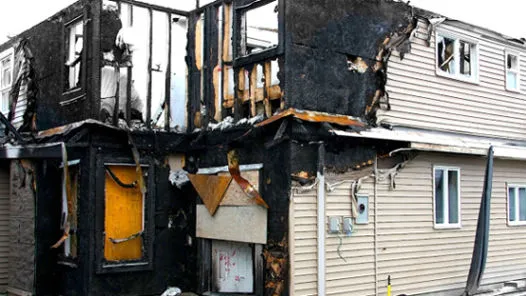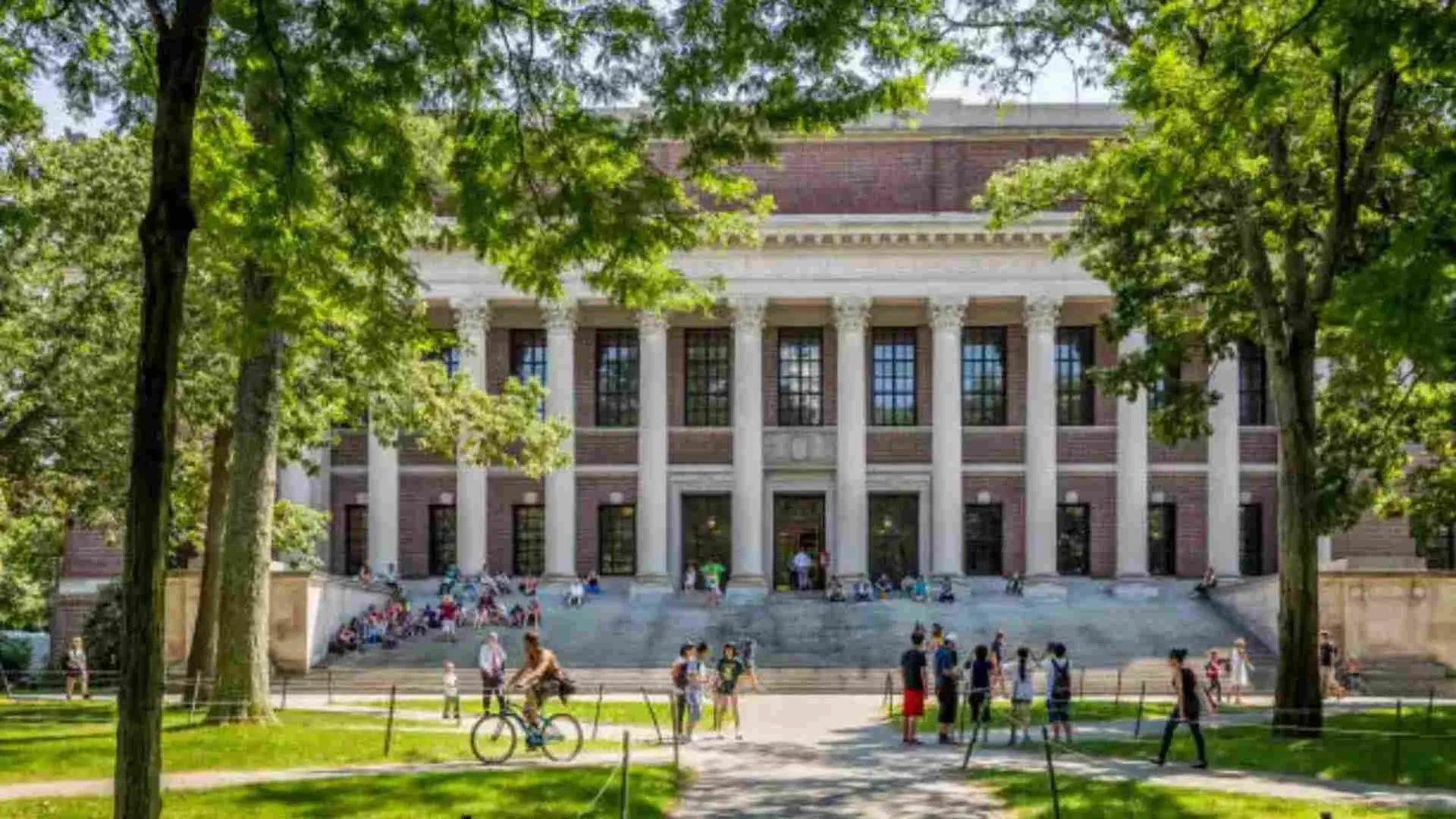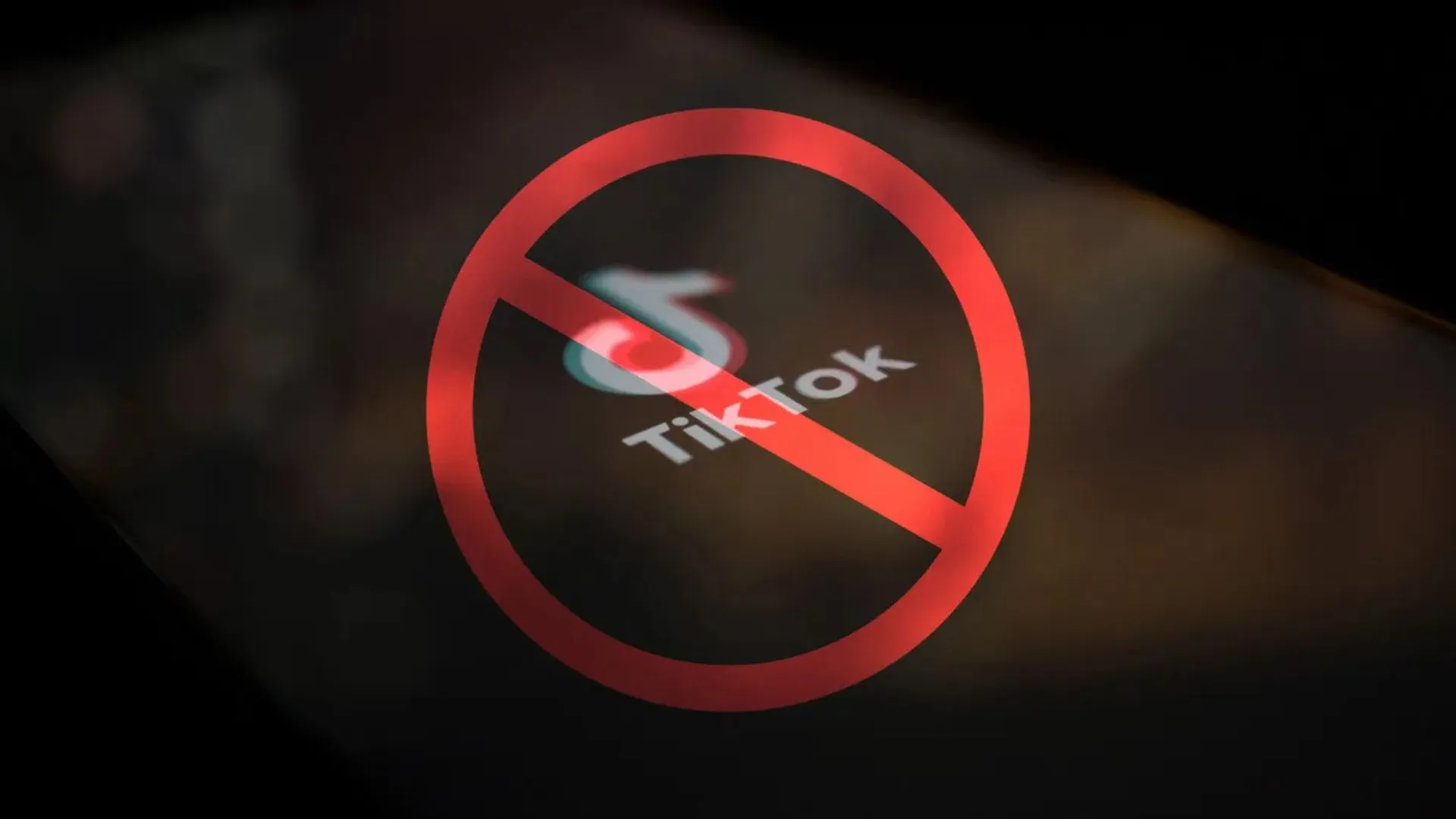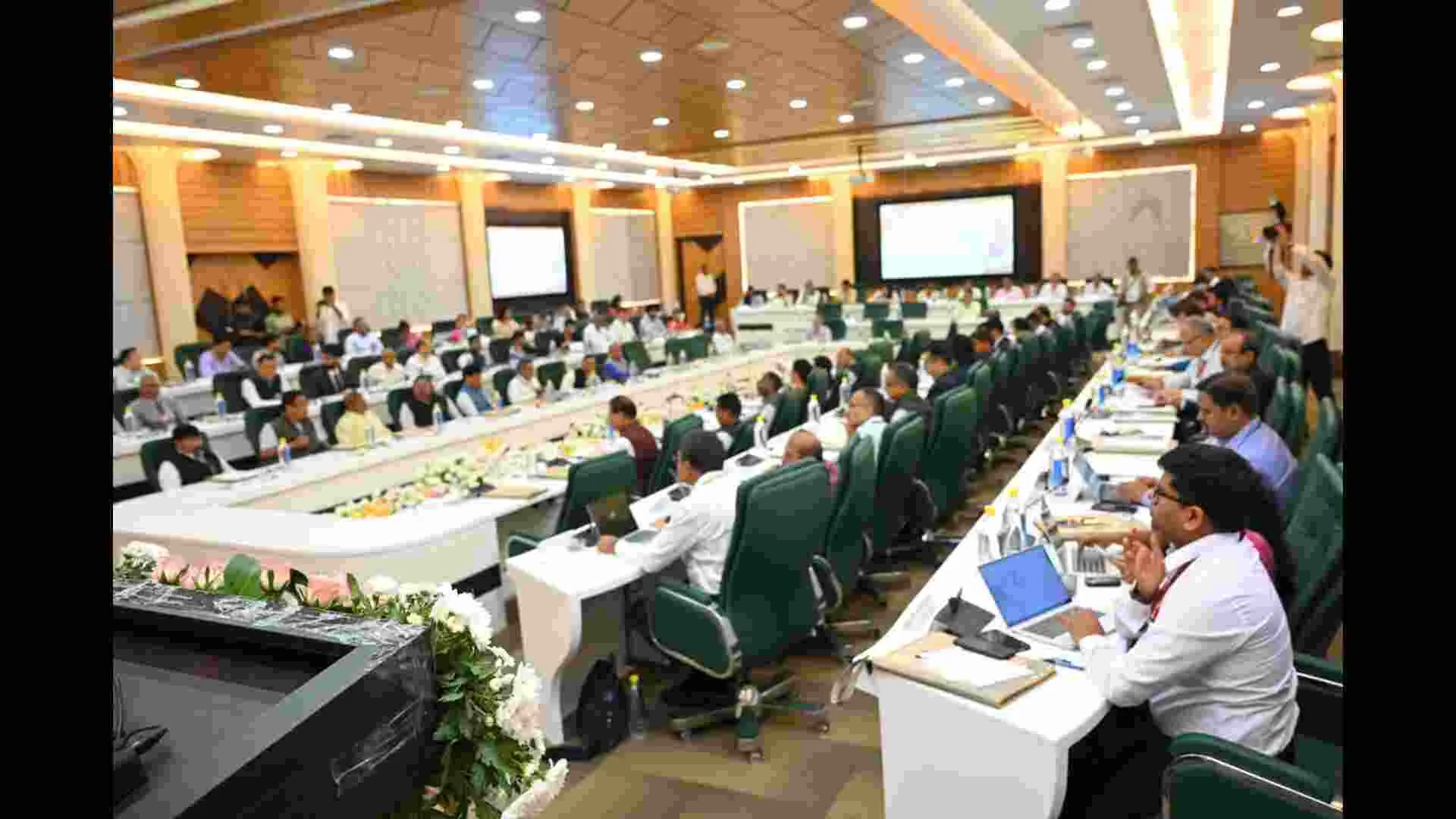More than a week has passed since two major fires devastated the Los Angeles area, displacing tens of thousands. Officials stated Thursday that residents cannot return home yet. The search for human remains continues. Meanwhile, the burned land poses new dangers. Slopes may slide, and debris is full of toxins, including asbestos.
Evacuations Continue Amid Hazards
Currently, over 80,000 people are still under evacuation orders. Many do not know if their homes or belongings are intact. As a result, crowds have gathered at checkpoints, hoping to return. Authorities have urged patience. They said it could take a week or more before residents can return safely.
“The properties have been damaged beyond belief,” said Mark Pestrella, the Los Angeles County Public Works Director. “They are full of sediment, debris, silt, and hazardous materials.” Additionally, some damaged hillsides have become unstable. This week, a small landslide occurred in Pacific Palisades, sending debris into the streets.
The Road to Recovery Will Be Long
The fires killed 27 people and destroyed over 12,000 structures. The affected area spans three times the size of Manhattan, making it one of Southern California’s worst disasters.
To protect public health, the county banned cleanup until hazardous material inspections are complete. Officials also prepared the storm drainage system to prevent clogs when rain returns, increasing the risk of mudslides.
Challenges in Rebuilding Los Angeles
The fires struck during a challenging time. The city was still adjusting after the pandemic, with many buildings in downtown having high vacancy rates. Los Angeles also faces a severe homelessness crisis. On top of that, the 2028 Olympics are coming, adding pressure to the city. Experts predict the damage could total tens of billions of dollars, possibly making this the costliest fire disaster in U.S. history.
Rosewood Family’s Determination to Rebuild
In Altadena, Alex Rosewood and her family lost everything. Their homes, including her father’s, aunt’s, uncle’s, and cousin’s, were destroyed. Family heirlooms like her grandmother’s playing cards and her grandfather’s Navy memorabilia are gone. However, Rosewood remains determined to rebuild. “We all plan to rebuild, for sure,” she said.
Questions About the Future of High-Risk Areas
These fires raise essential questions about rebuilding in high-risk areas. Should we use fire-resistant materials? Furthermore, should roads be widened for quicker evacuations and better access for fire engines?
“It’s going to be a while before we can get in there and build anything,” said Michael Hricak, an architecture professor at USC. “It’s not about being tougher than Mother Nature. It’s about understanding and respecting the challenges.”
Lessons from Northern California’s Recovery
The Northern California community of Paradise offers valuable lessons. The 2018 fire killed 85 people and destroyed 11,000 homes. As of now, only 3,200 homes have been rebuilt. The community still faces high construction costs and uncertainty over compensation.
Government Steps to Support Rebuilding
To help with rebuilding, Mayor Karen Bass signed an executive order to speed up the process. The federal government has approved $100 million to remove hazardous materials. FEMA is also offering assistance to help families find short-term housing.
Resilient Residents Ready to Rebuild
Michele Baron, who lost her Pacific Palisades apartment, visited a recovery center to replace her lost documents. Despite the trauma, she is determined to stay. “Now that I can go anywhere, I kind of don’t want to,” she said.























